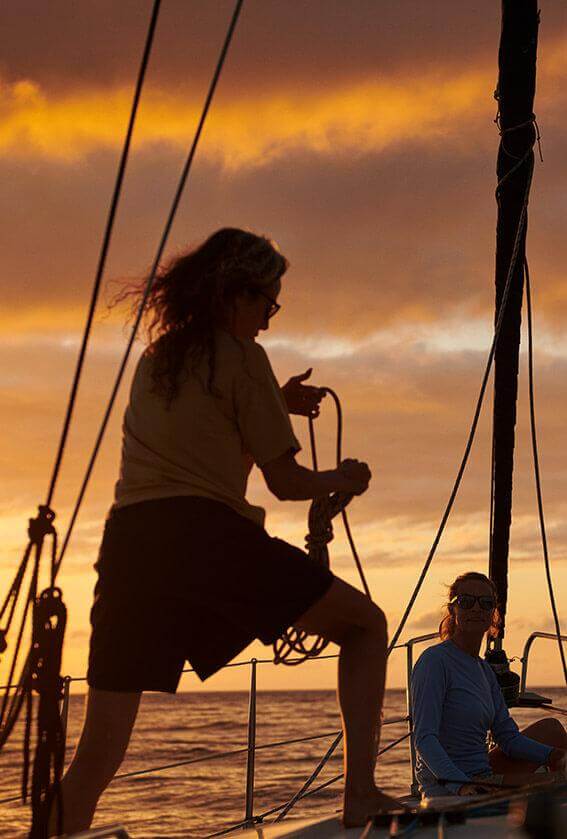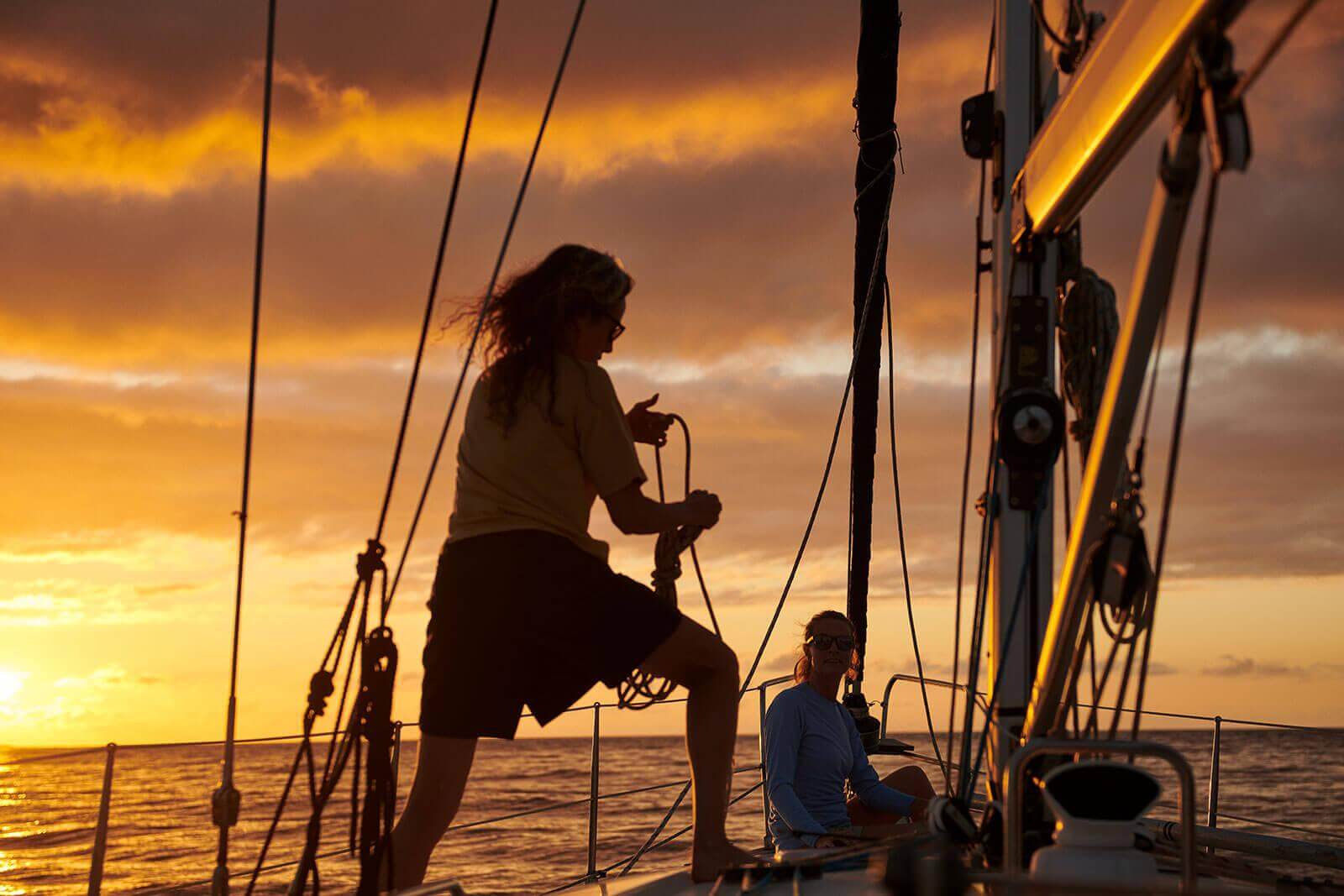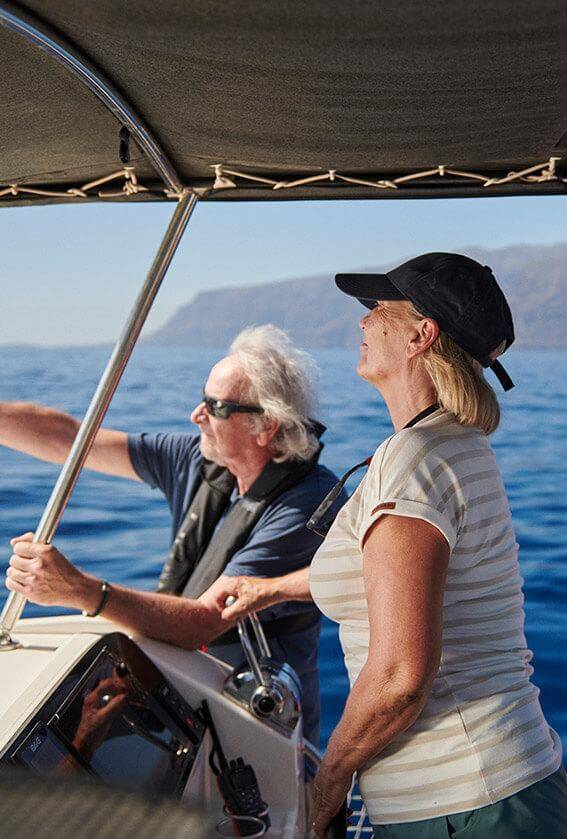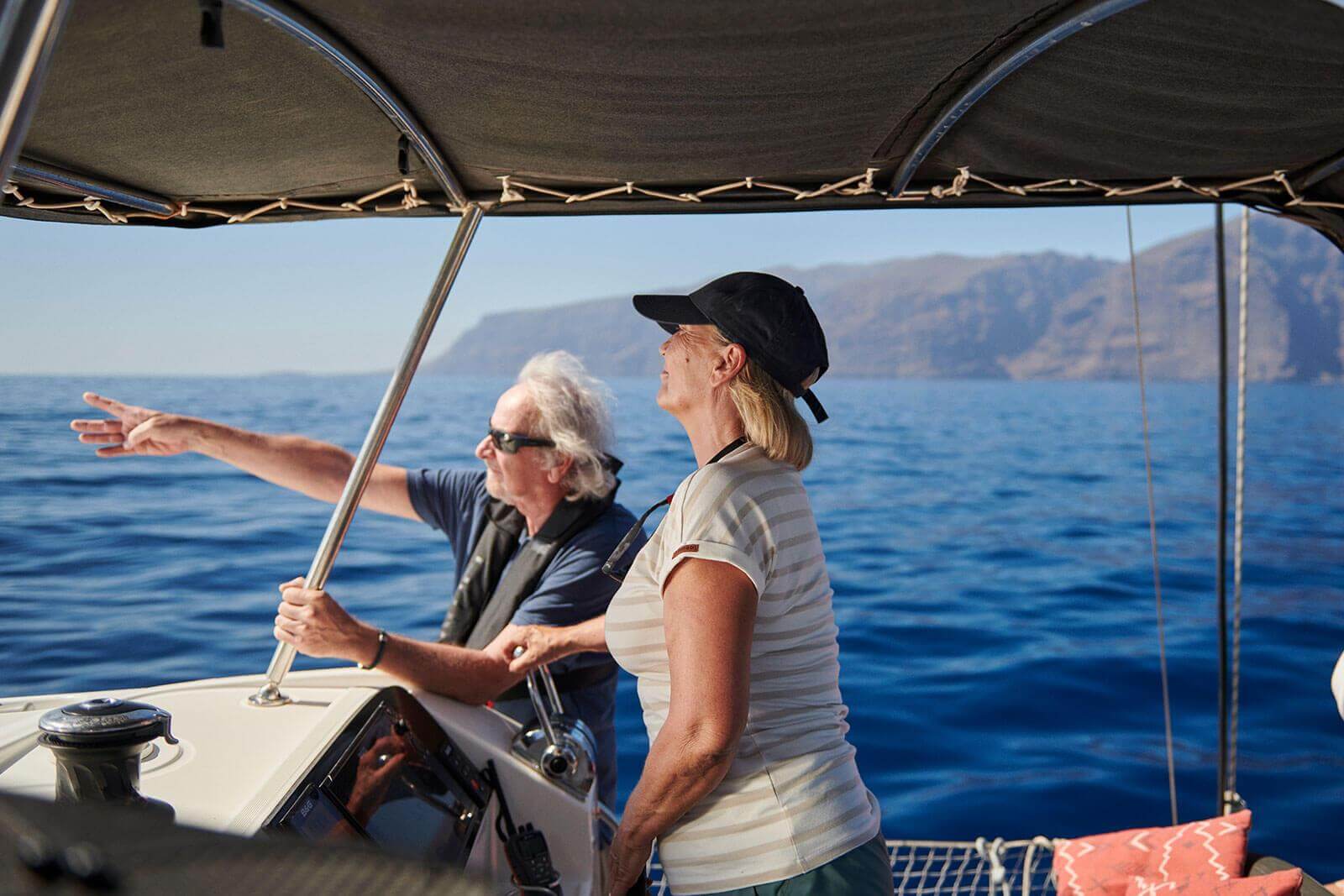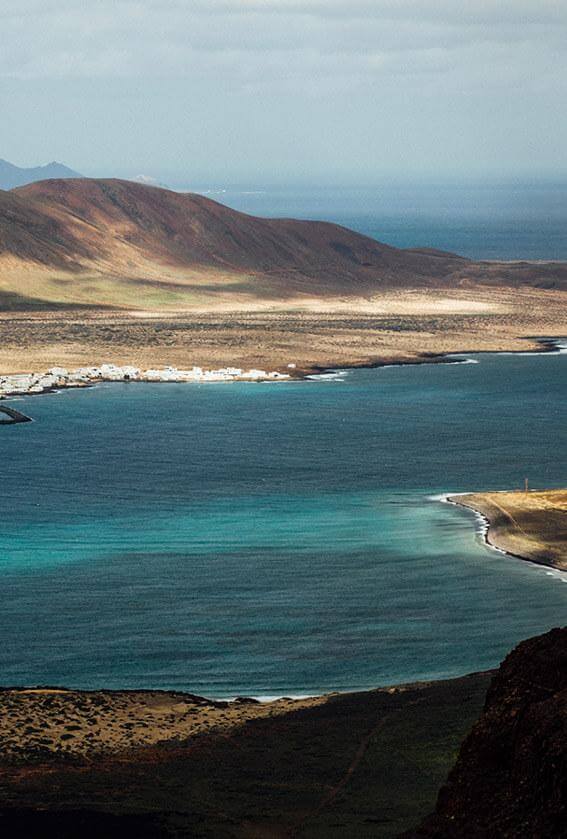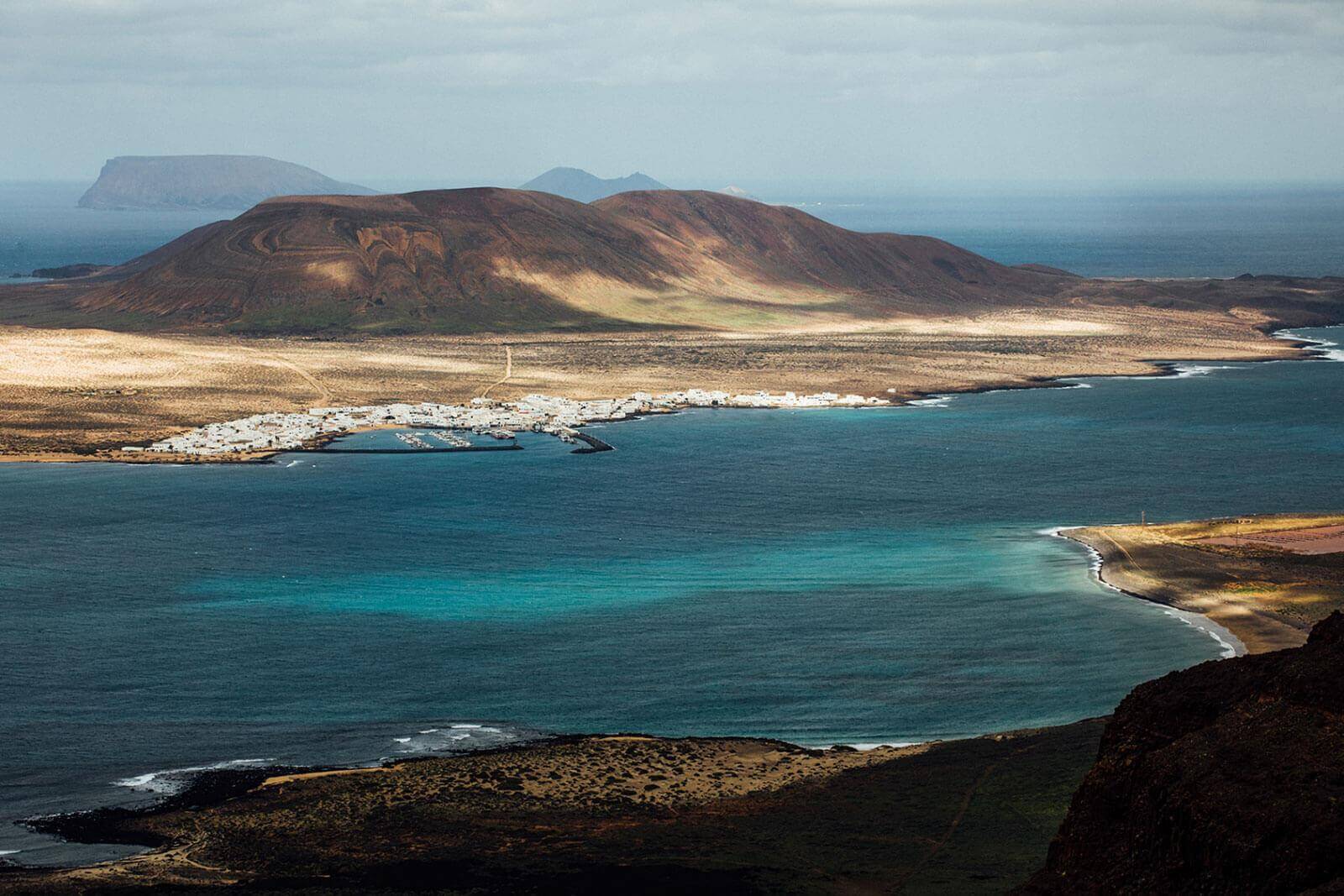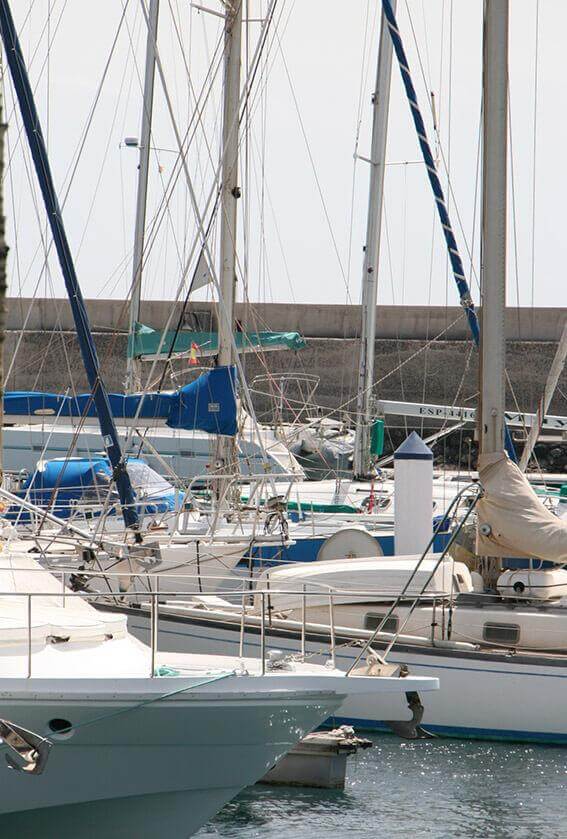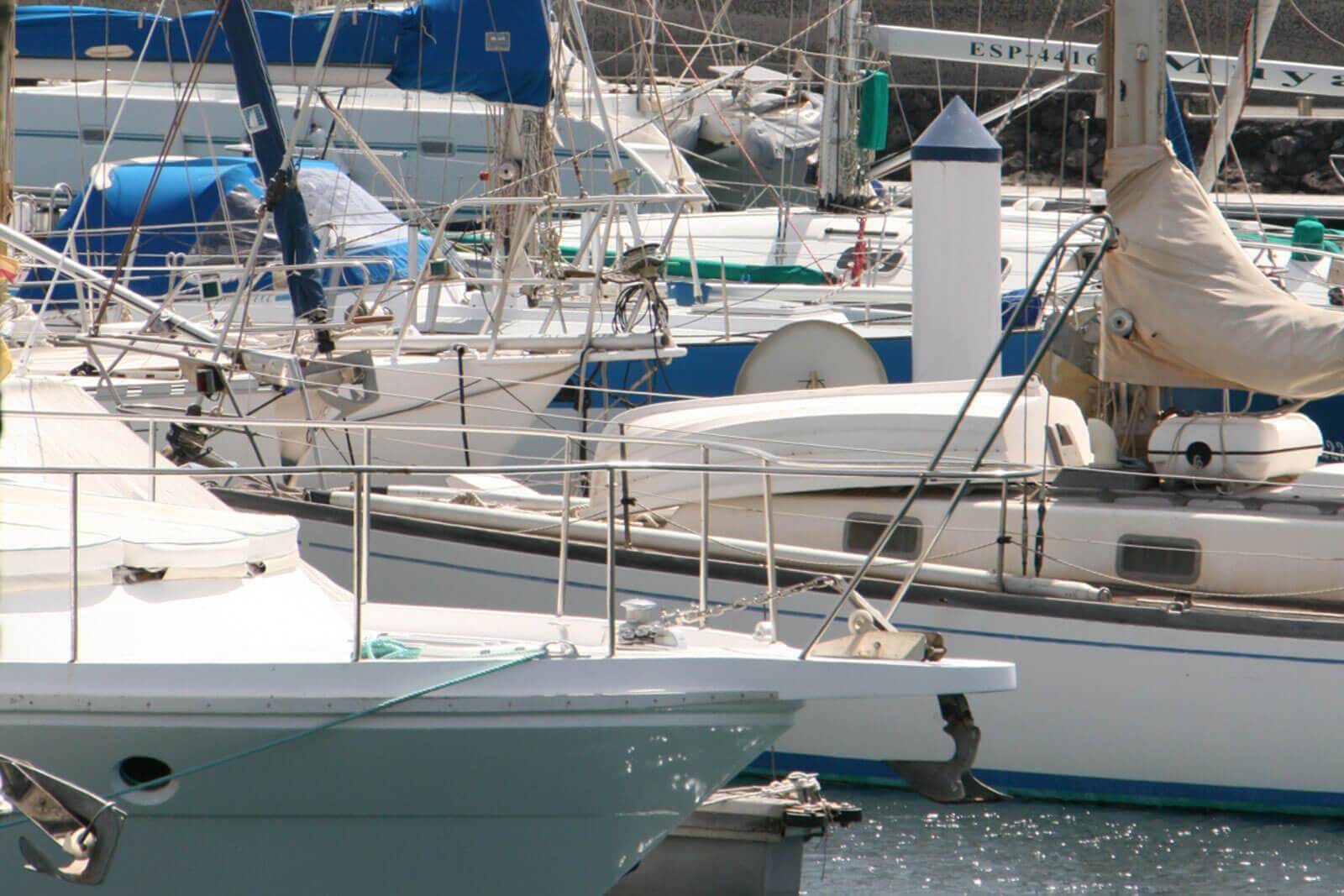The Canary Islands are particularly vulnerable to climate change. The archipelago’s tourism sector has increased its commitment to sustainable tourism, focussing on climate neutrality. The measuring of carbon footprints, decarbonisation and the regeneration and protection of ecosystems are some of the main areas of action designed to achieve net zero as soon as possible. And in any case, by 2050.
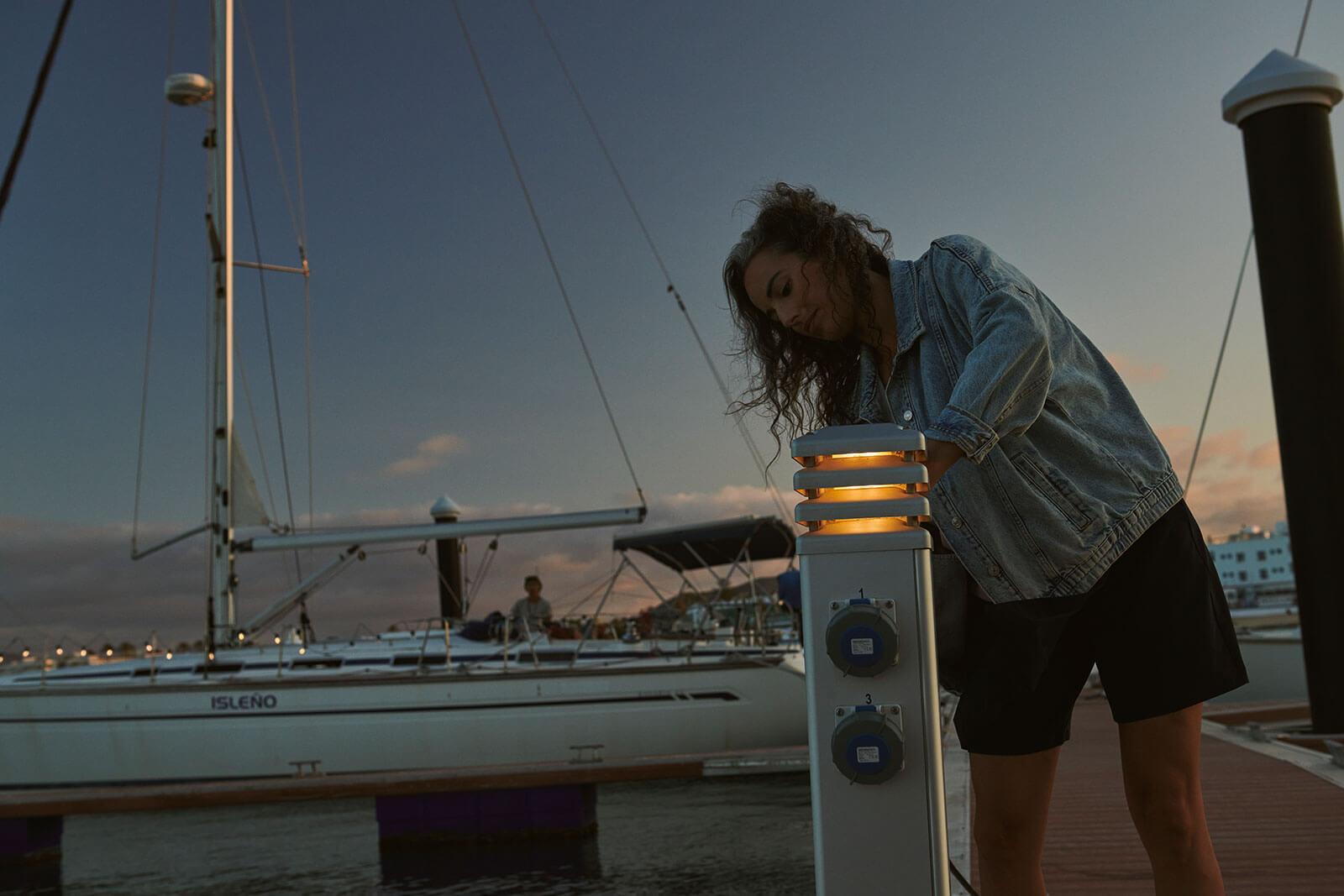
Goal: climate neutrality
Tourism is one of the main driving forces of the Canary Islands’ economy. And although they function under highly competitive conditions, generating wealth and employment, they advocate tourism that is sustainable and committed to the environment. The archipelago is extremely vulnerable to climate change and it is vital that preventive measures be adopted to favour a cultural and strategic shift in the sector.
The Canary Islands as a destination has increased its commitment to climate neutrality through the Agenda 2030 action plans. This plan establishes the year 2030 as the horizon for reducing greenhouse gases from the tourism ecosystem by 50% and attaining net zero as soon as possible. And in any case, by 2050.
Climate Action Master Plan 2022-2030
The sustainability of the Canary Islands as a destination is committed to raising awareness, and to economic opportunity and competitiveness. Because of this, the archipelago has developed the Climate Action Master Plan 2022-2030 and joined the Glasgow Declaration on Climate Action in Tourism.
This document, which is available to all companies in the sector, works on five pathways of action. Carbon footprint measuring, decarbonisation, regeneration and protection of ecosystems, collaboration with private companies and finally, financing via the line of subsidies and incentives.
Nighttime sailing under a protected sky
The same trade winds that attract sailors to the Canary Islands prevent the formation of clouds. And this has made the archipelago one of the places with the clearest skies in Europe. But the islands have also made efforts to protect these skies and prevent them from being affected by light pollution, through the so-called Sky Law. Among other things, this law controls nocturnal light pollution, radioelectric and atmospheric contamination and regulates airline routes in order to favour stargazing.
All this makes the Canary Islands a paradise for nighttime sailing. There are few places in the world where one can see the milky way as clearly as in this archipelago’s skies. Sailors who put in at ports in Tenerife, La Palma and Fuerteventura will also have access to areas recognised as a Starlight Reserve, awarded to spaces where the influence of natural light is kept intact, unique zones for stargazing.
Respect for the habitat of marine animals
The Canary Islands have become one of the most important places in Europe for watching whales and dolphins in the wild. The islands’ rich seabed is internationally renowned for the quality and clarity of its waters, and the variety of the fauna.
Finding areas in the archipelago to enjoy sightings of these marine animals is a huge attraction for sailing enthusiasts. They can combine sailing with the pleasure of being accompanied by whales and dolphins on their voyages. Moreover, many of these animals inhabit the waters of the islands permanently, and can therefore be spotted practically on 365 days a year.
This has led to strict regulations to preserve the ecosystem of these animals and prevent them from vanishing from the waters of the archipelago. Vessels that approach the sighting areas must follow the recommendations of professionals from the sector. And companies licensed to run tours to spot these cetaceans must display the Blue Boat badge. This hallmark ensures respectful treatment of the marine reserves and guarantees the protection of these animals.
Marine reserves and harbours with Blue Flags
With numerous Blue Flag beaches, the Canary Islands have shown themselves to be a sustainable tourist destination. But there are other spaces related to the sea where environmental measures take centre stage to guarantee its conservation. This is true of certain areas of the seabed that are considered marine reserves due to their particularities.
There are currently three marine reserves registered in the archipelago, protected due to their biological diversity and abundance. Special, restrictive legislation applies to these spaces, in order to reduce the pressure on the area and guarantee the reproduction and recovery of marine life. These reserves are the area around the island of La Graciosa and the islets north of Lanzarote, the La Punta de La Restinga-Mar de las Calmas reserve and the Marine Reserve of the island of La Palma.
In addition, many marinas in the archipelago work towards and adopt measures in the hope of being awarded the Blue Flag. Among other characteristics, this distinction rewards environmental education, the responsible use of water and electricity, accessibility and the safety of the marina’s installations. The process guarantees that these spaces are adopting sustainable measures and working towards preserving the marine environment, an essential milieu for a region comprised of islands in the midst of the Atlantic Ocean.



